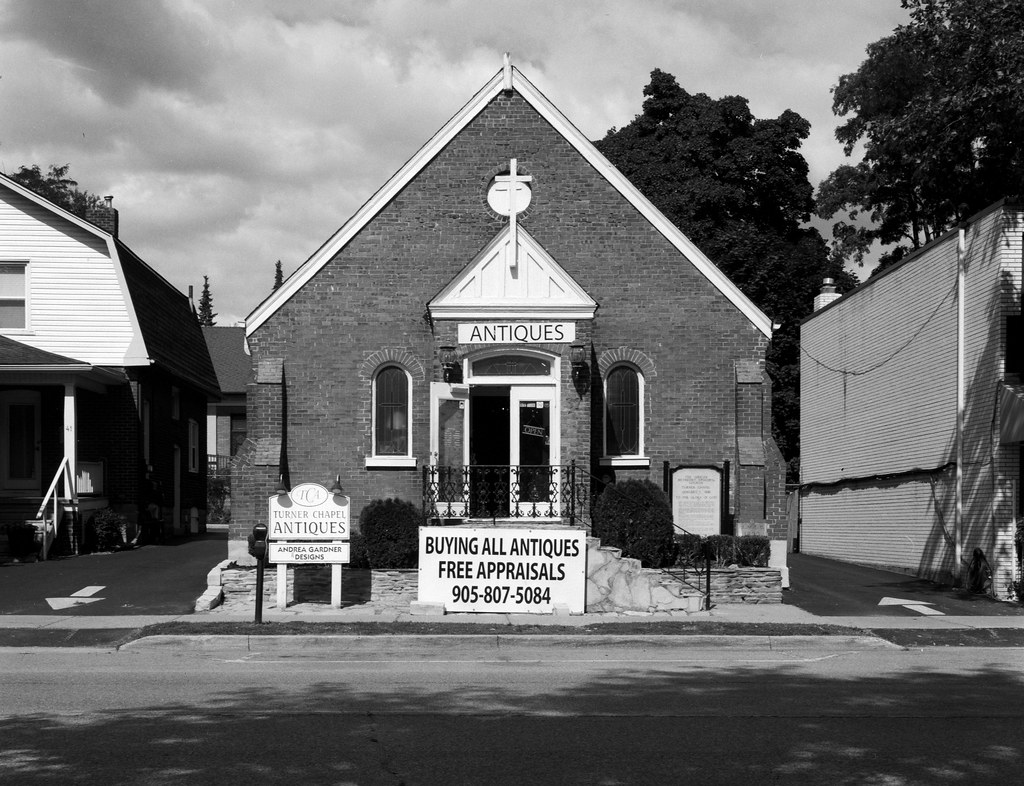Canada, despite being mainly an Anglo-European construct, today, our country is a rich tapestry of many cultures that had all come and called Canada home. And not just as a melting pot; each culture adds more to the whole. But this certainly has accelerated in the post-World War II world, but even in the earliest days of Upper Canada, many who sought freedom made the arduous journey north.

In 1791, Sir John Graves Simcoe, the first Lieuteant-Governor of Upper Canada, signed the Act to Reduce Slavery in Upper Canada. In the British Empire, slavery was still a thing, and the slave trade was alive and supported by the British Parliament and armed services. The law only affected Upper Canada, and Simcoe did have to make some concessions with the big names in his executive and himself, including owned and used slaves. So the act to reduce slavery did not free any slaves in Upper Canada, and those born under slavery before the act would remain slaves. Those born after the act would live under stewardship until they reached the age of 25 when they would be ‘freed.’ The biggest group affected and benefited from this act were those outside Upper Canada. As the act clearly stated that any slave that arrived in Upper Canada would be freed. It should also note that this affected black slaves. But the passage of the act motivated many slaves in the United States to make their way north, often assisted by an extensive network of those who supported the cause of freeing the enslaved. As it became known, this “underground railroad” would help get black slaves into Upper Canada. And while there were plenty of official depots, just as many unofficial depots often popped up at ports of entry. And Oakville found itself as one of those unofficial depots. The vast number of cargo ships travelling to and from the USA, and often with more cargo than trade goods in their holds. Another exciting arrival was James W. Hill, who mailed himself via parcel post to Upper Canada. He settled in Oakville and established a strawberry farm north of the railway line near the modern intersection of Royal Windsor Drive and Maple Grove Drive. And while officially freed, the former slaves often faced discrimination, even after black slavery was ended throughout the Empire in 1834. Most of those who settled in Oakville would gather west of the Sixteen Mile Creek, around Burnet Street in the modern Kerr Village. Many former slaves found themselves welcomed in Oakville; they got jobs in the various industries around the community, their children were included in the schools and they could shop in the various stores. Churches welcomed them into the congregation. But many felt they needed to worship the way they were used to. By 1860, the township was home to some 300-400 former slaves, many owned and worked farms or worked for the industries around the township. One former slave, Samuel Adams and Rev. William Butler undertook the drive to establish a congregation of the African Episcopal Methodist Church. It wasn’t until 1891 that a plot of land was acquired, and construction of the small Gothic Revival structure commenced. On 1 January 1892, the Turner Memorial Chapel was dedicated and named in honour of Bishop Henry McNeal Turner, the first black chaplain in the United States Army. But as the 20th century dawned, the black population in Oakville declined, as did the congregation of the AEMC. But anti-black racism remained alive and well into the 20th century, and many organisations that promoted white supremacy in the USA found a foothold in Canada. And while Canada had better laws preventing overt racial discrimination, it still happened, with law enforcement turning a blind eye or joining in. In February 1930, Ira Johnson, a veteran of the Great War (World War 1) and a long-time resident of Oakville planned to marry Isabella Jones. The two were engaged and went to get their marriage license. While on the surface, this seemed a normal activity for two adults, word spread that this was to be an interracial marriage, as Ira was black. The Canadian branch of the Ku Klux Klan took this as an insult and quickly organised seventy-five klansmen to head to Oakville to send home a clear message. The klan kidnapped Ira and Isabell in full regalia and terrorised the area with burning crosses. After being held for several hours, the two were released, with Ira taking only minor injuries. When law enforcement was notified, those in the KKK were well treated, and even the Oakville Police Chief vouched for the men who conducted the assaults. Going so far as to say that this was a warning for white girls not to marry black men and an object lesson against interracial marriage. Only three of the seventy-five were brought to trial, and only one was found guilty. The Turner congregation would eventually dissolve, and the church found use as an Anglican church until 2002 when it was opened as an Antique store.
When I was first putting this project together, the Turner Chapel was among the first inclusions, right after Earchless. I had no idea about some of the more racially charged elements of Oakville’s history. And while Canada often holds itself on the moral high ground regarding racism, the real story is less glorious to Canada’s history. So finding mention of the KKK in Oakville was not surprising. The photography was easy to compose, setting up the camera across the street and using the gap in the parking and traffic. The initial lens was 180mm, but I could not step back far enough to get it composed. I was going to the 150mm lens, front rise, and metering for the windows at either side of the door and under-exposed by a stop. And if you have a chance, pop into the shop; the sanctuary, while cluttered, is well preserved to the original building.